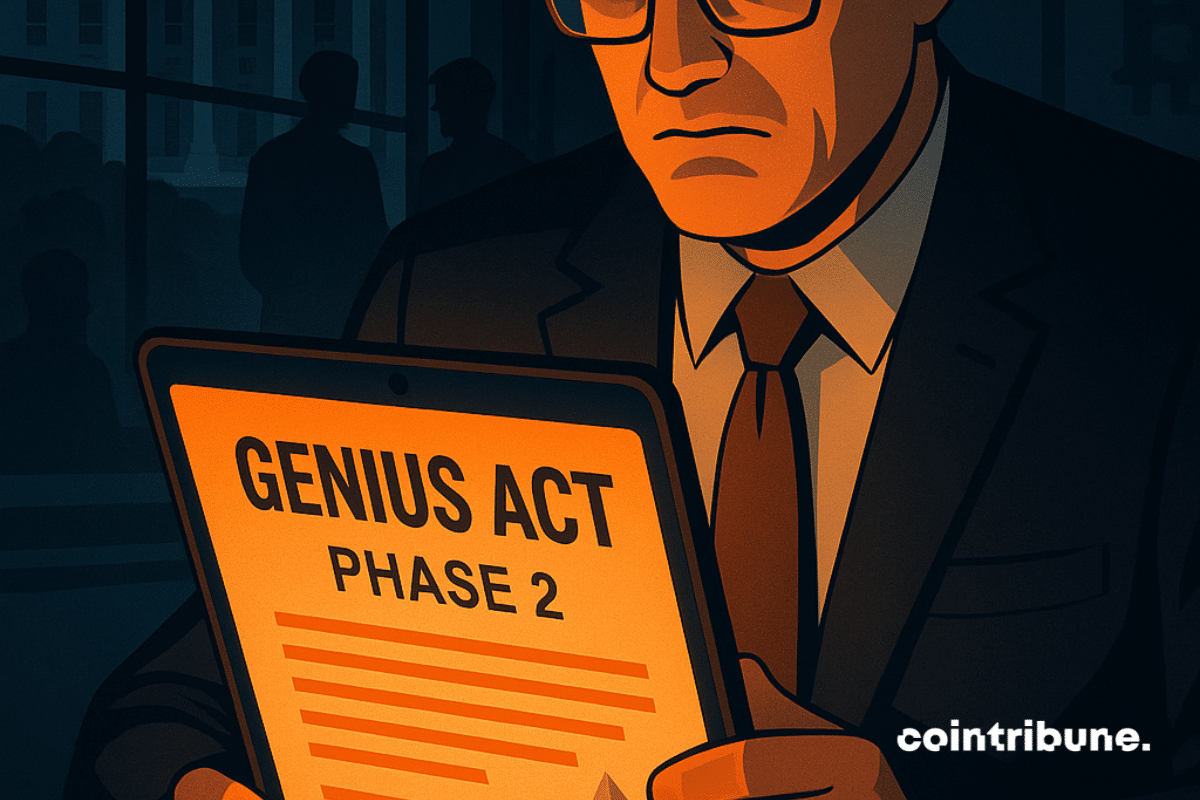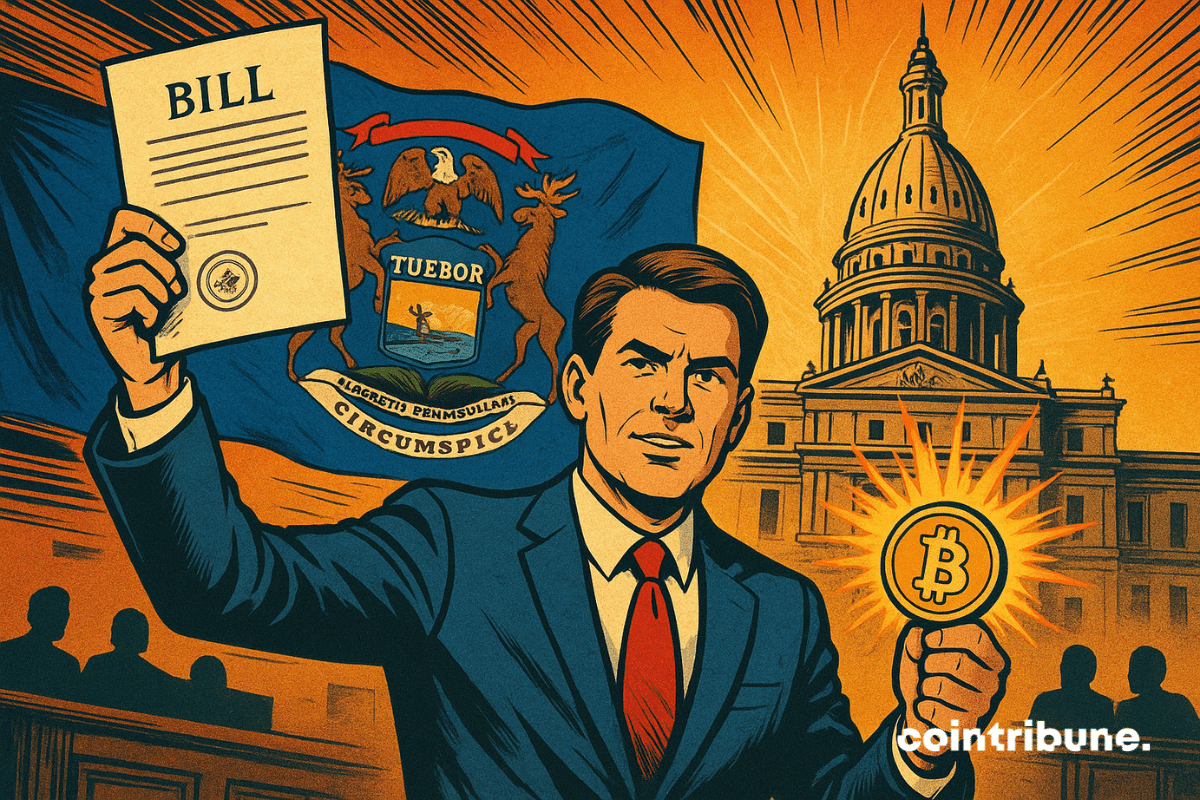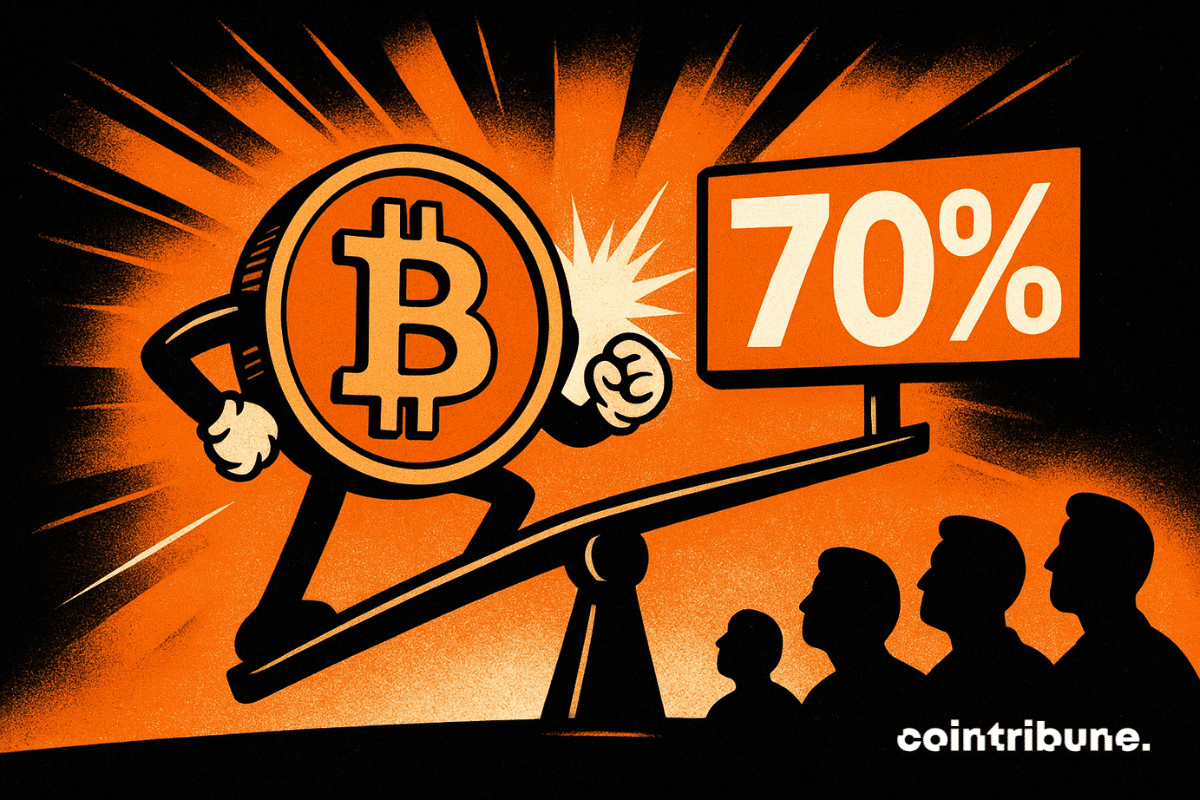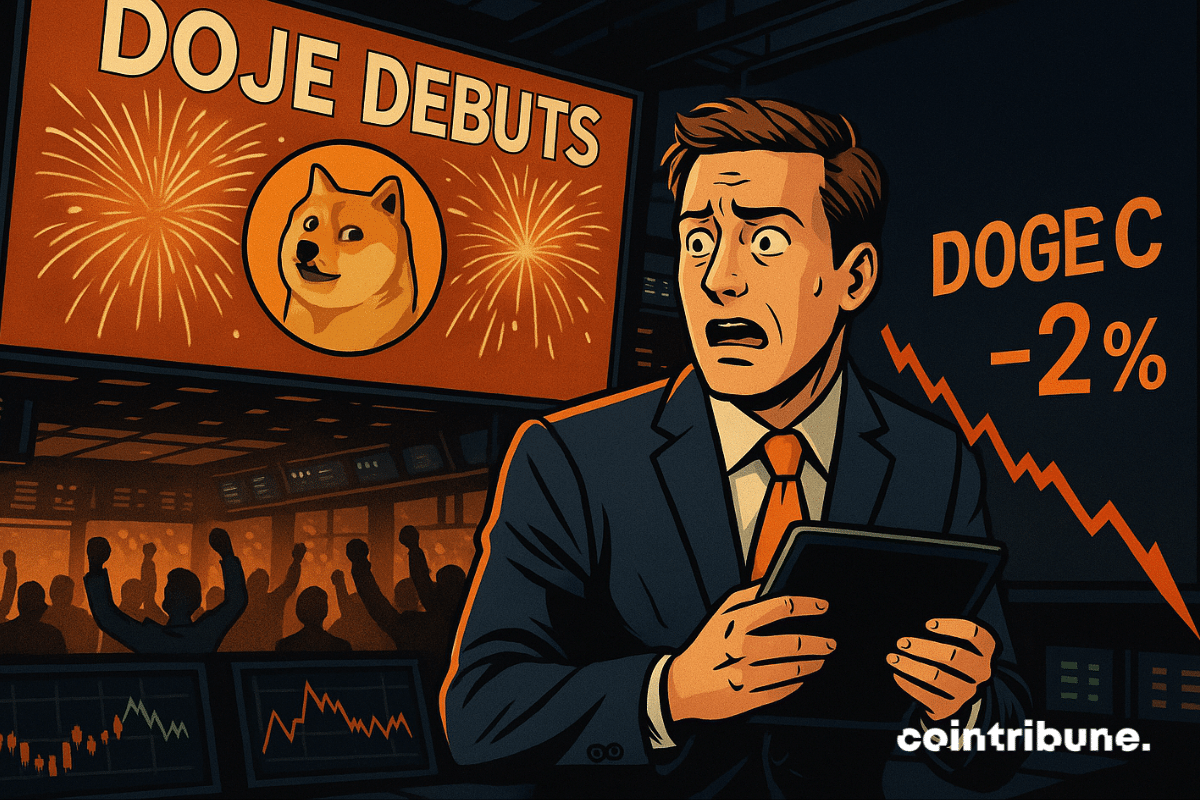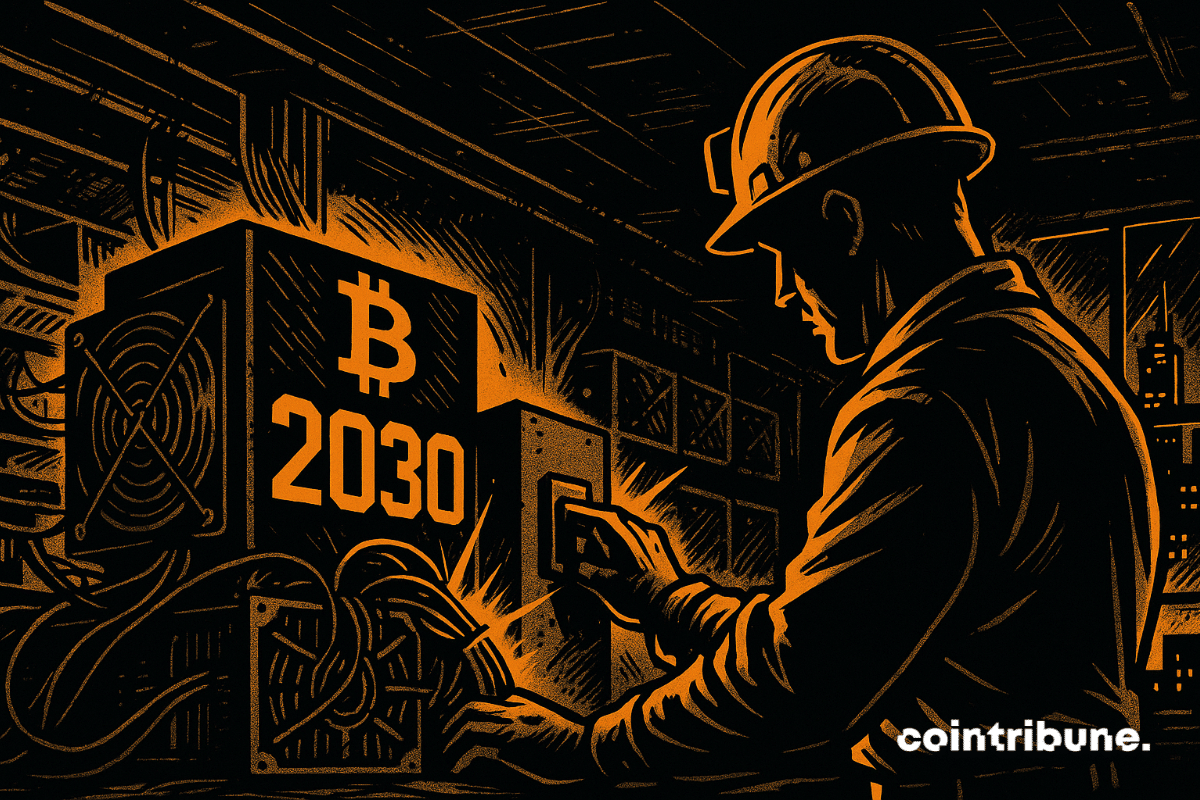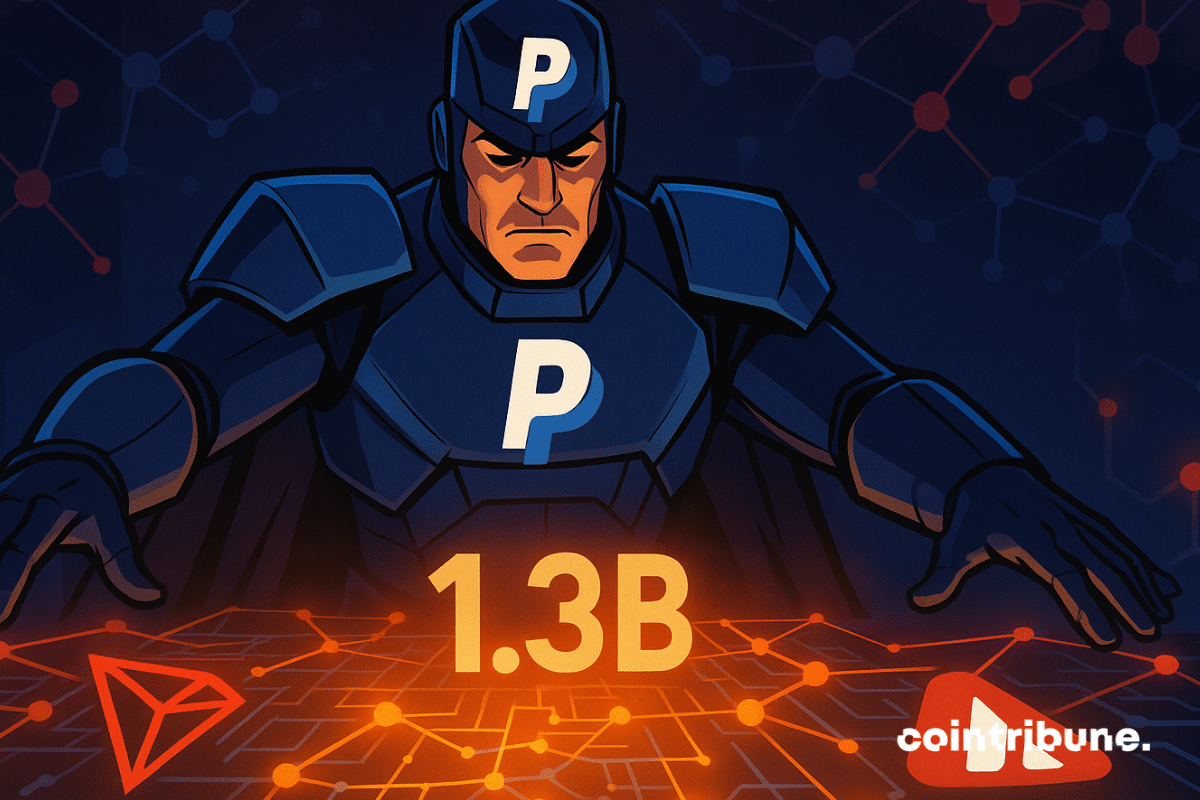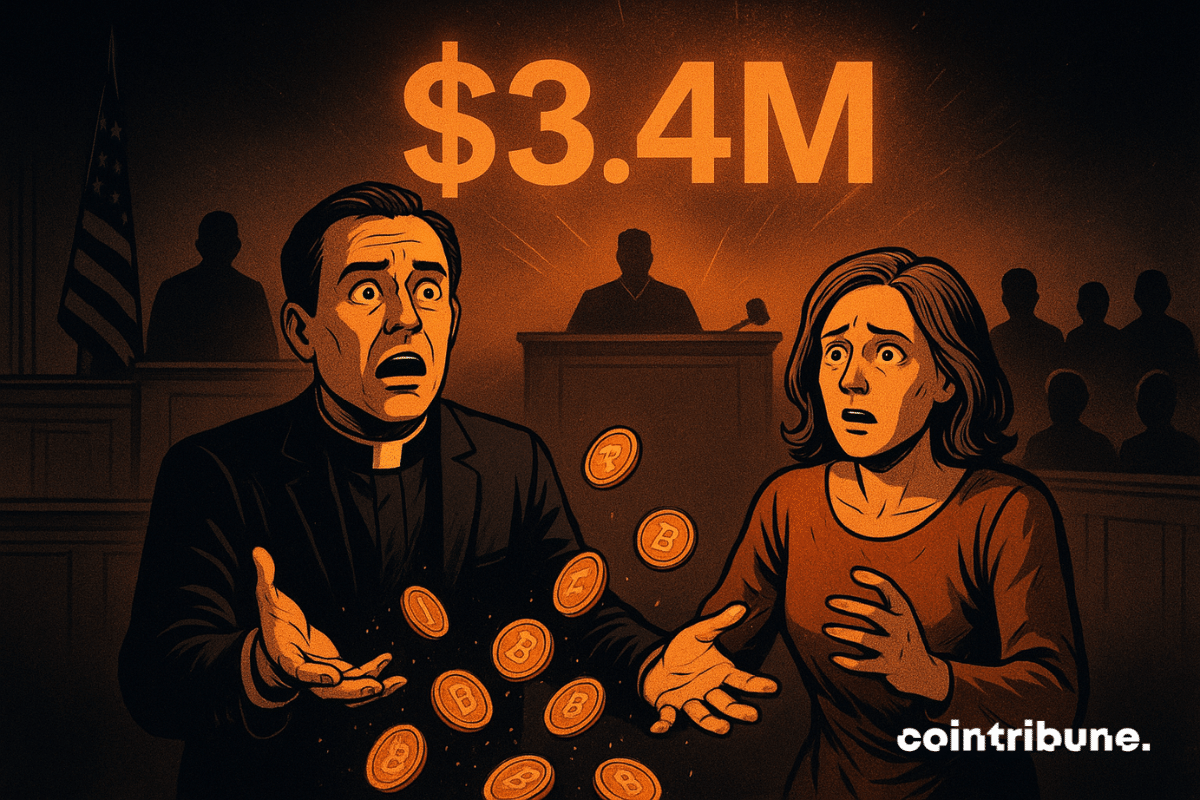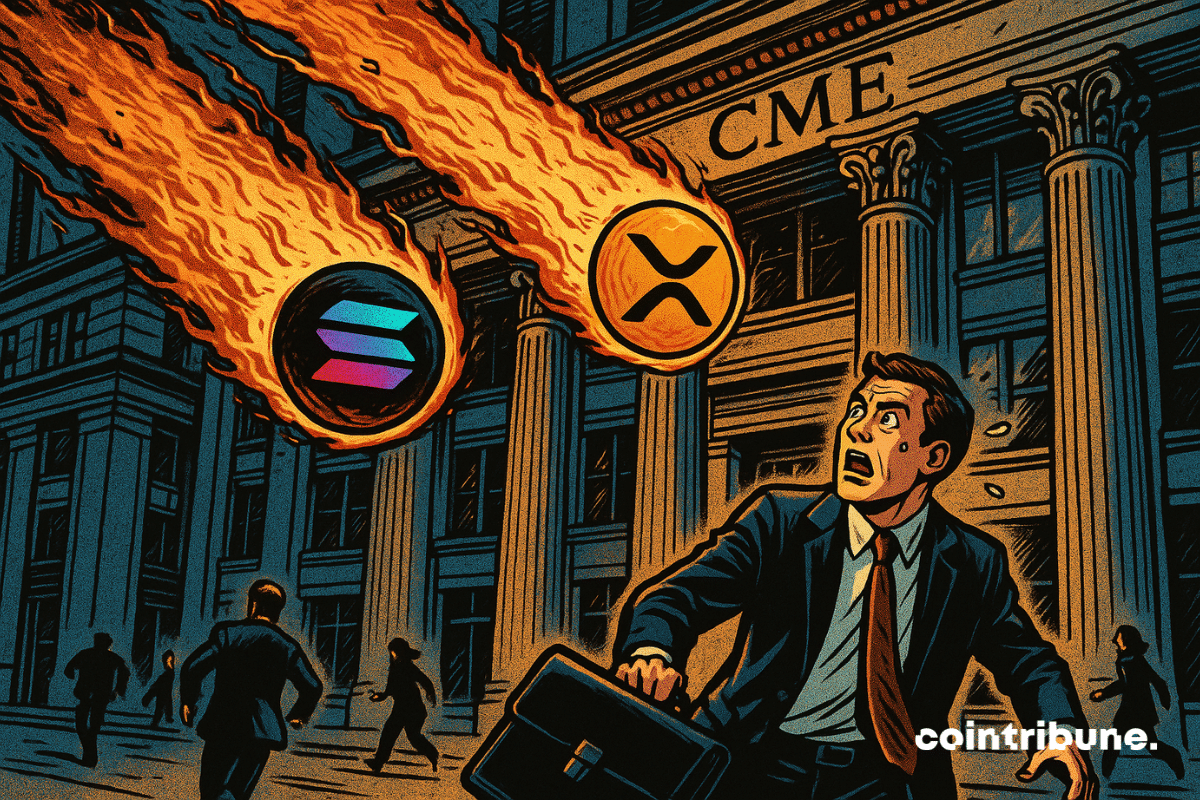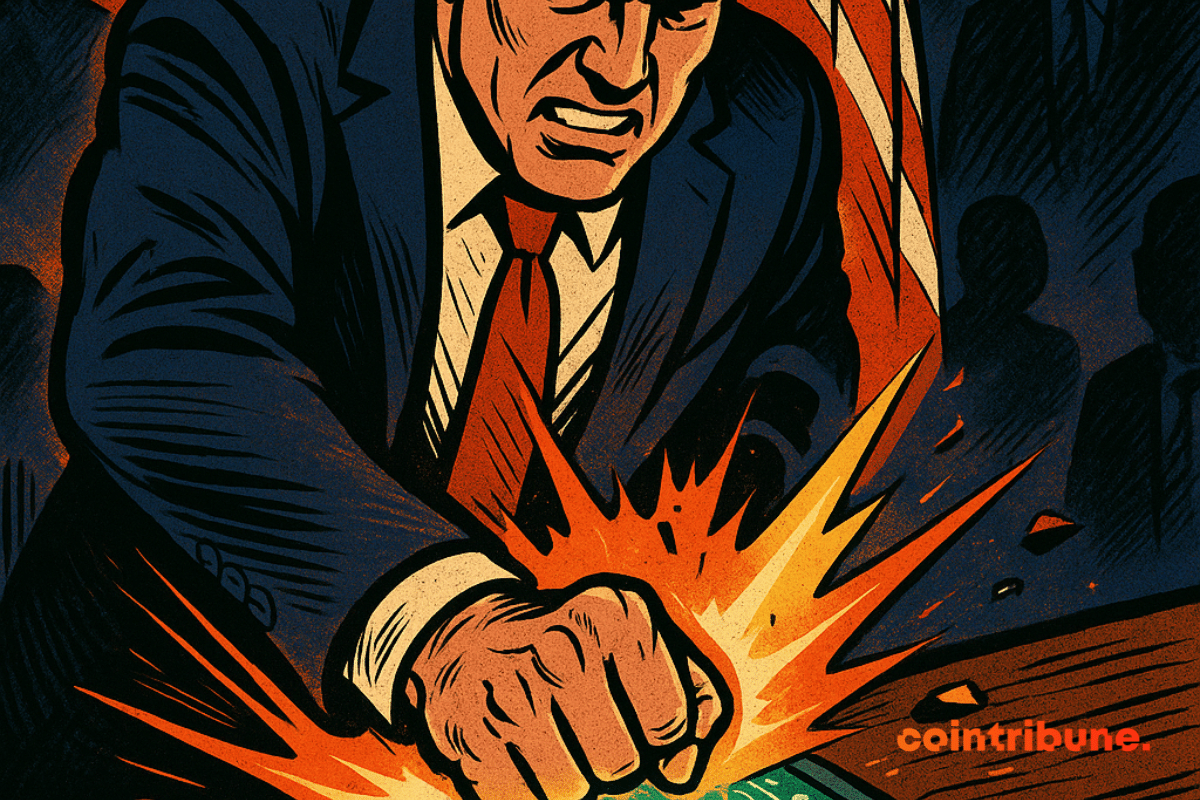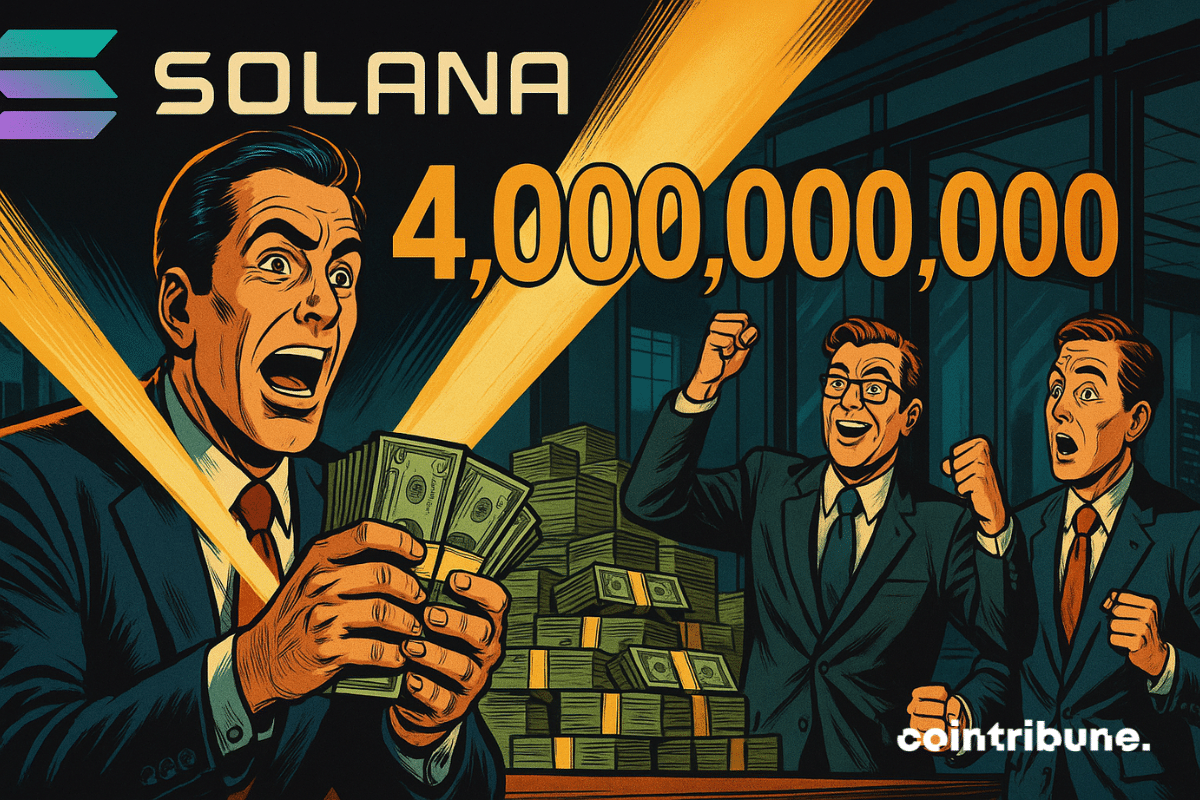Bitcoin is becoming scarce… at least on the open market. The “illiquid supply” has just registered a new high at 14.3 million BTC, while whales absorb more than the annual production. As a result, there are fewer coins available for sale and selling pressure is weakening.
Crypto News
MetaMask, the essential crypto wallet of the Ethereum ecosystem, could finally launch its token. Joe Lubin, CEO of Consensys, has just announced that this launch could happen "sooner than expected." A promise that excites traders… but also leaves many doubts.
Washington goes back to the drawing board. The US Treasury opens a new comment window to transform the GENIUS Act, the future framework law on payment stablecoins, into applicable rules. The stated objective is to secure the use of tokenized dollars while maintaining a workable playground for crypto innovation. Let's get into the specifics.
The Bitcoin network has never been stronger. Its mining difficulty has just reached an all-time high at 142.3 trillion, up 29.6% since January. This figure reflects both the rise in hashrate power and the growing pressure on mining companies. While the blockchain strengthens against potential attacks, technical and economic requirements impose an increasingly tough selection among sector players.
Kevin Durant, two-time NBA champion and recognized investor, has just regained access to a Bitcoin wallet that had been inactive for nearly ten years. Created in 2016, at a time when BTC was trading around 600 dollars, this forgotten wallet illustrates the decisive role of time in the valuation of cryptos. Its reactivation reveals a spectacular gain: a 195-fold increase of the initial investment.
The tickchain Qubic (QUBIC) is making headlines with the launch of an ambitious marketing campaign in partnership with OKX, one of the largest crypto exchanges in the world. This initiative, endowed with an impressive budget, rekindles speculation about a potential listing of QUBIC on top-tier platforms.
Michigan has accelerated its push to establish a state-owned crypto reserve, with a key bill advancing to its second reading after months of legislative standstill. If passed, the measure will allow the peninsular state to hold 10% of its investment in digital assets.
With Bitcoin resuming its northward movement, the stage seems set for the firstborn crypto to touch new price levels. Bitcoin researcher Axel Adler Jr. even predicts a 70% chance of BTC reaching a fresh high in the next two weeks. However, data also shows more traders exiting positions around $114,000.
Ron Morrow of the Bank of Canada highlights the rapid growth of stablecoins and calls for clear rules to ensure safe and reliable digital payments.
The first U.S. Dogecoin ETF has launched, drawing strong trading activity even as Dogecoin’s price dips and large holders accumulate.
Ethereum is about to reach a key milestone in its evolution. After months of intensive development, the Fusaka upgrade is now expected on December 3, 2025. This delay reflects a desire to balance security, scalability and attractiveness. What impact for users and investors?
What if bitcoin was racing against time? For Anatoly Yakovenko, co-founder of Solana, the advent of quantum computing is no longer a distant hypothesis. According to him, there is a 50% chance that a major breakthrough will occur within five years. A deadline that could obsolete bitcoin's current cryptography and force the market's leading crypto to urgently rethink its security architecture.
PayPal's stablecoin, PYUSD, has just crossed the $1.3 billion market cap milestone. At the same time, it now expands to Tron, Avalanche, and seven other blockchains thanks to LayerZero. Is the digital payment giant finally catching up to the leaders Tether and Circle?
Chainlink records its best performance since 2021 and approaches a decisive technical threshold. Driven by a rebound of more than 80% over the quarter, the crypto attracts analysts' attention as a long-term bullish configuration, rarely observed, is about to be validated. In a market seeking clear direction, LINK could start a new cycle, with projections suggesting a return to 100 dollars.
The Bullish crypto exchange creates a surprise. Recently listed in New York, the exchange revealed second-quarter results significantly above expectations. Performances that exceed Wall Street forecasts. Bullish is also among the most publicized crypto IPOs of the year, alongside Circle, Gemini, and eToro.
Lawmakers from the U.S. Senate and House of Representatives recently met with crypto industry stakeholders to deliberate on key market structures and codify laws for establishing a strategic Bitcoin reserve.
Coinbase CEO Brian Armstrong says he has never been more confident that the Clarity Act will pass, bringing clear rules and growth to the US crypto market.
Ethereum staking promises regular returns. But withdrawals are not instantaneous. Vitalik Buterin reminds why this delay is not a bug, but an essential safeguard for network security.
Barely announced, the Fed's rate cut has reignited crypto market enthusiasm. However, behind this surge lies another driver: the leverage effect of project-specific announcements. Avalanche (AVAX) and Hyperliquid (HYPE), driven by aggressive strategies, captured most of the bullish flows. Between monetary steering and targeted initiatives, token performance depends as much on macroeconomic decisions as on their ability to convince on the ground.
Popular names like the Lazarus Group often make headlines when it comes to crypto scams. But in an interesting twist, market participants were shocked to learn that digital asset fraud has crept into the sacred corridors of religion. A U.S. court has convicted a Denver pastor and his wife of running a fake cryptocurrency scheme following their indictment in July.
The SEC has introduced new rules to speed up approvals for spot cryptocurrency ETFs, allowing faster market access while maintaining oversight.
Decentralized exchanges (DEX) continue their rapid rise. Last week, they generated over $171.26 billion in spot volume, a 21% increase in just seven days. These figures, revealed by Phoenix Group, confirm that decentralized finance continues to attract more traders, at the expense of centralized platforms (CEX).
The spectacular fall of SafeMoon continues to cause ripples. After the conviction of its CEO for fraud, the FBI now opens its doors to victims to try to recover part of the lost funds. But is restitution in the crypto universe as complex as hoped?
Solana and XRP arrive in the regulated court of the CME. Altcoins take the microphone… but who will really make institutional markets buzz?
On CNBC, Eric Trump stated that Bitcoin has "taken the role of gold in today’s world," elevating crypto to the status of a strategic safe haven asset. This media appearance coincides with the launch of American Bitcoin, a mining and BTC holding company he is close to. Far from a mere announcement, this statement fits within a dynamic where publicly traded companies are beginning to integrate bitcoin at the heart of their reserve strategy.
Usually September bleeds, this time bitcoin smiles: +8%. But behind the miracle, the Fed pulls the strings and the crypto ecosystem holds its breath.
Metaplanet changes dimension. The former Japanese real estate player, now a pioneer in bitcoin treasury, is now affirmed as a model of institutional adoption. With the simultaneous opening of two subsidiaries in Miami and Tokyo, the company no longer just stores the rare asset: it builds a real income infrastructure around bitcoin.
House Republicans want to make a big move: combine the ban on a digital dollar with a crypto law already supported by some Democrats. A risky strategy that reveals both the urgency to define a regulatory framework and the ideological divides in the U.S. Congress.
Pump.fun handled over 1 billion in daily trading volume, setting a new milestone for the platform. Meanwhile, the wider memecoin market experienced a broad rally, with trading activity and market capitalisation surging.
Bitcoin and Ethereum are no longer the only ones capturing the attention of large institutional investors. Solana is now positioning itself as a new leading player among this elite. According to the latest data published by the Strategic Solana Reserve, corporate treasuries now hold more than 17 million SOL tokens, a value exceeding 4 billion dollars.


